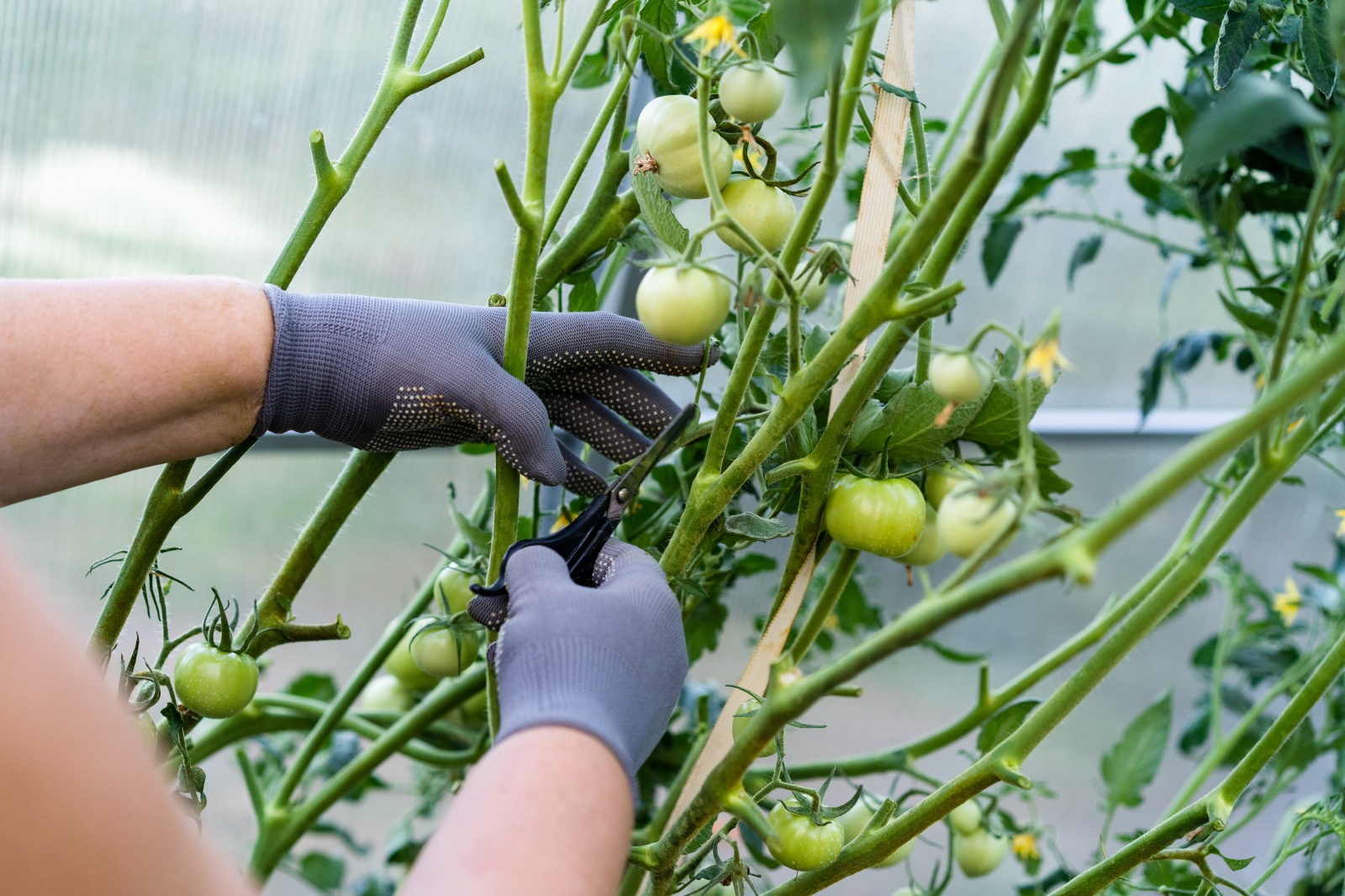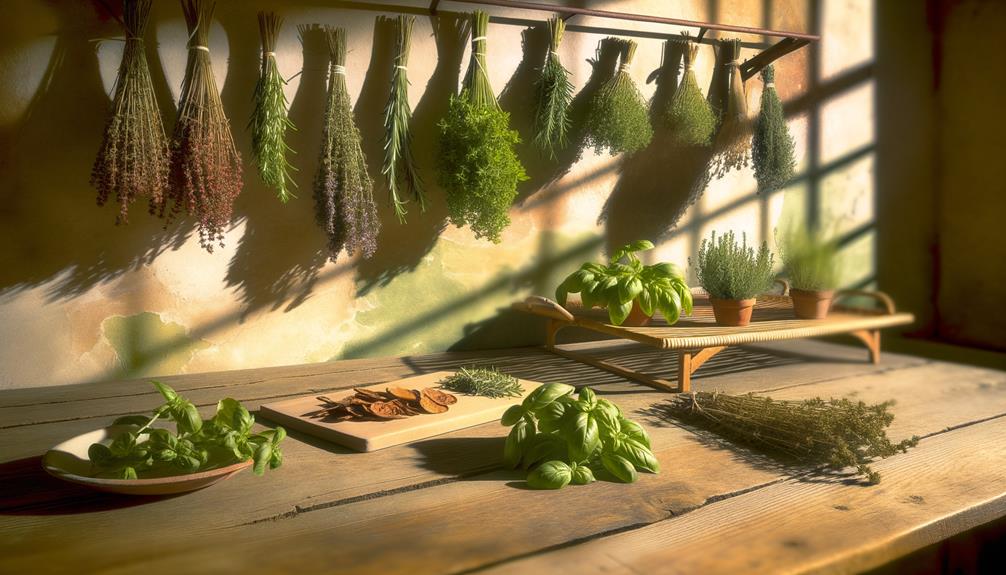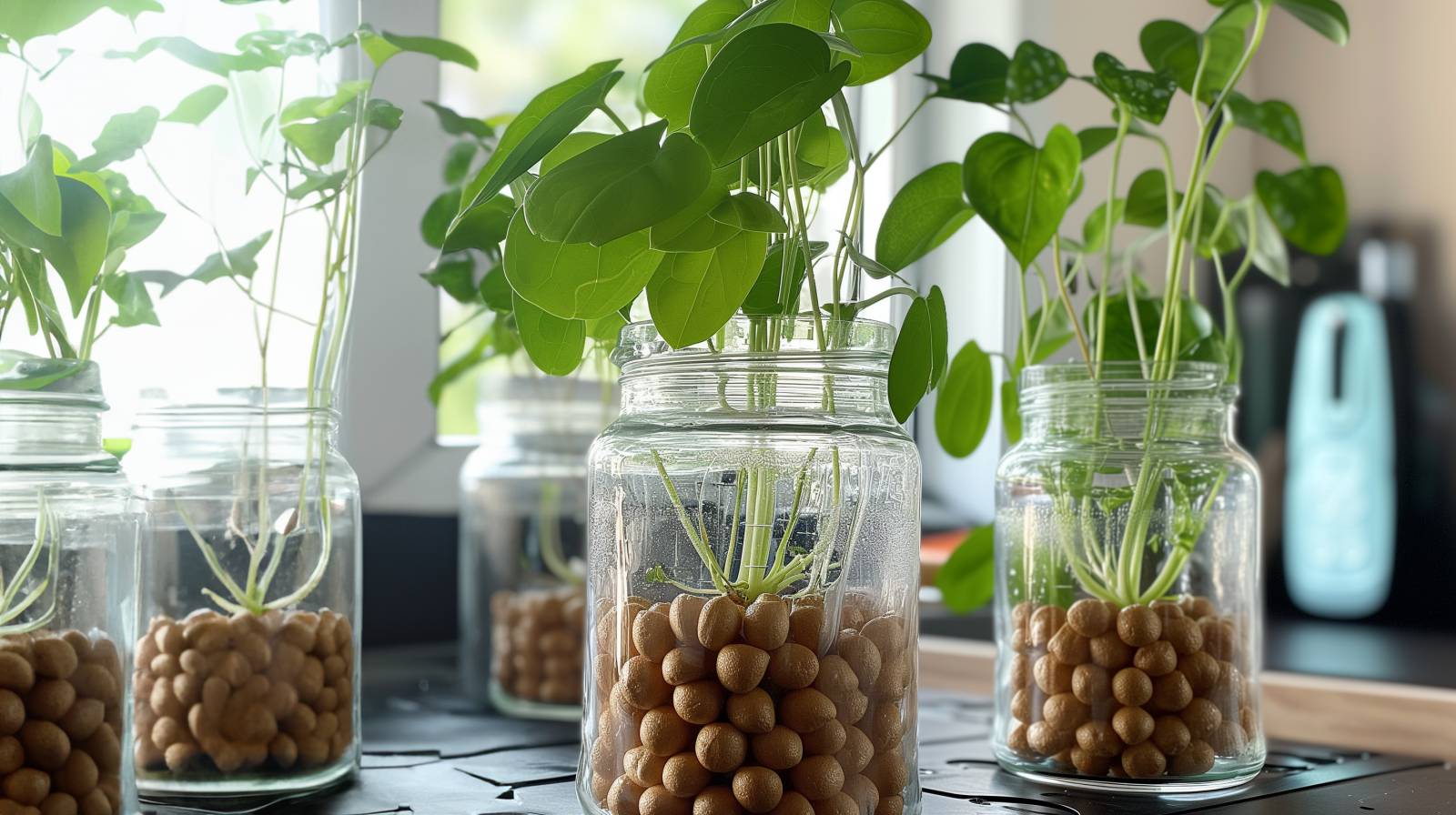Hey there, gardeners! Are you looking for some tips and tricks on how to properly prune your vegetable garden? Well, look no further. Pruning is an essential part of caring for any successful vegetable garden. It’s important that it be done correctly so that your vegetables can thrive in their environment. In this article I’m going to give you some great tips on how to make sure your vegetables get the best care possible through proper pruning techniques. So if you’re ready to learn more about how to effectively maintain your vegetable garden through proper pruning practices, stick around – because I’ve got lots of great advice coming your way!
Table of Contents
ToggleHow Proper Pruning Helps Your Garden
Pruning your vegetable garden is essential for promoting optimal plant health, growth, and productivity. As a beginner home gardener, it is important to understand that regular pruning helps in the removal of dead or diseased plant parts, encourages better air circulation, and allows for more sunlight penetration, ultimately leading to a healthier and more abundant harvest. Some key benefits of pruning your vegetable garden include:
- Improved plant health: By removing dead or diseased leaves and branches, you prevent the spread of diseases and pests, ensuring healthier plants and a more robust garden.
- Increased yield: Pruning encourages the growth of fruit-bearing branches and directs the plant’s energy towards producing larger, more flavorful fruits and vegetables.
- Better air circulation: Pruning creates space between plants, allowing for proper air circulation, which can reduce the risk of fungal diseases and create a healthier growing environment.
- Enhanced sunlight exposure: Removing excess foliage ensures that sunlight can reach all parts of the plant, promoting photosynthesis and overall plant growth.
- Easier harvest: Pruning and shaping plants makes it easier to access and harvest your fruits and vegetables, simplifying the overall process.
By incorporating pruning into your regular gardening routine, you can optimize your garden’s productivity and enjoy a bountiful harvest from your hard work.

Select The Appropriate Tools
Having the right tools for pruning your vegetable garden is essential. It not only makes the job easier, but it also ensures that you are taking proper care of your plants.
To effectively prune your vegetable garden, it is essential to choose the right tools for the job. The following are popular pruning tools that are commonly used for vegetable plants:
- Hand Pruners: Hand pruners, also known as secateurs, are perfect for cutting small stems and branches up to 1/2 inch thick. Bypass pruners are preferred for vegetable plants, as they provide a clean, precise cut that helps prevent plant damage.
- Floral Snips: These lightweight, precise scissors are ideal for deadheading flowers, harvesting herbs, and trimming delicate plants without crushing or tearing the stems.
- Pruning Shears: Pruning shears have longer handles than hand pruners, providing extra leverage for cutting thicker branches and stems, such as those found on tomato plants.
In addition to pruning tools, other helpful equipment and supplies for gardeners to use during the pruning process include:
- Gardening gloves: Protect your hands from cuts, scratches, and potential allergens.
- Rubbing alcohol or a disinfectant: Clean your pruning tools before and after use to prevent the spread of diseases.
- Kneeling mat: A mat to kneel or sit on while you’re in the garden can help make the process more comfortable.
- Garden waste bin / wheelbarrow: Once you’ve pruned off parts of your plants, use a waste bin or wheelbarrow to take them to your compost.
Identify What To Cut And When
Dead or Diseased Areas
When you notice dead or diseased leaves, stems, or branches in your vegetable garden, it’s important to prune them promptly. Removing these affected areas prevents the spread of diseases and pests to healthy plants, ensuring a thriving garden and a better yield.
Overcrowding Issues
Overcrowded plants compete for nutrients, water, and sunlight, negatively impacting their growth and productivity. By pruning and thinning out plants, you can improve air circulation, reduce the risk of disease, and ensure that each plant has access to adequate resources for optimal growth.
Leggy or Unproductive Growth
Pruning leggy or unproductive growth encourages the plant to focus its energy on producing fruit instead of growing excessive foliage. By removing these unnecessary parts, you can stimulate the growth of fruit-bearing branches and increase your vegetables’ overall yield and quality.
Training and Shaping
Some vegetable plants, such as tomatoes, cucumbers, and peas, require support and guidance to grow in a specific direction or pattern. Pruning and training these plants to grow on a trellis or stake can improve their overall health, make harvesting easier, and prevent diseases caused by plants growing on the ground.
Maintain A Healthy Garden
Once you have pruned your vegetable garden, it is important to maintain a healthy garden. This means regularly checking the soil moisture, fertilizing when needed and controlling any pests or weeds that may emerge.
It’s also important to make sure the plants are getting enough sunlight. If they’re not receiving enough light, consider moving some of them around so that all areas get adequate sun exposure. Additionally, rotate your crops every season as this will help prevent nutrient depletion from the soil and reduce pest infestations.
Pay attention to how often you water your plants. Watering too much can cause root rot while not watering enough can lead to wilting and stress on the plant. Monitor the soil around each plant for signs of dryness so you know when it needs more irrigation.

Frequently Asked Questions
What Vegetables Should I Be Pruning?
Like all good things, there is an art to properly pruning vegetables – much like putting together a jigsaw puzzle. Each plant has its own specific needs for proper care and maintenance; some need more attention than others. That being said, if you want to get the most out of your veggie patch then here are some essential tips that will help you master this tricky task.
The first thing you need to do is identify which plants require regular pruning. In general, leafy greens such as spinach or lettuce don’t necessarily need to be trimmed back often. But root crops like carrots or potatoes should definitely receive regular trimming in order keep them healthy and productive season after season. Additionally, many fruiting vegetables such as tomatoes or peppers benefit from occasional snipping off of excess growth so they spend their energy producing delicious fruit instead of growing too tall or bushy. With these guidelines in mind, you’ll quickly become an expert at picking the perfect time and place on each individual plant for best results!
No matter how intimidating gardening can seem sometimes, taking the time to learn about proper pruning techniques will reward you tenfold with bountiful harvests throughout the year! So grab those shears and start making those green thumbs proud – it’s time to get pruning!
How Often Should I Prune My Vegetable Garden?
Here are some tips on how often you should prune your vegetable garden:
- Pruning in the late winter or early spring will encourage new growth and help ensure healthy plants throughout the season.
- Regularly inspect your vegetables for any signs of damage or disease, such as wilting leaves or brown spots. Prune these areas immediately if necessary.
- Cut away dead or diseased branches and stems at least once a month to promote vigorous plant growth and reduce the risk of further spread of disease.
What Are The Potential Risks Of Pruning Incorrectly?
I’m sure you’ve heard that pruning your vegetable garden is important in order to get a healthy crop and good yield, but what are the potential risks of doing it incorrectly? Pruning improperly can result in stunted growth, fewer vegetables, or even killing the plant completely. Here’s three things to bear in mind when pruning:
- Don’t overprune – Too much pruning can reduce yields by cutting off new buds needed for future production.
- Remove dead branches and leaves only – Cutting away live tissue can damage the health of the plants.
- Sharpen tools regularly – Dull blades tear rather than cut cleanly which will leave ragged edges on plants and may lead to infection or disease.
It’s essential to be mindful when pruning your vegetable garden as mistakes can have long-term effects on its health and productivity. Using sharp tools properly will ensure that no unnecessary damage is done during the process, helping your crops flourish for years to come.

How Do I Know When My Vegetable Garden Needs Pruning?
The first thing to consider is the type of vegetables you’re growing: some require little or no pruning while others will need regular maintenance throughout their growth season. Additionally, the amount of light exposure each plant receives affects its optimal pruning time; those receiving less sunlight may benefit from being trimmed earlier than those in direct sun for most of the day. Also, taking note of any pests or diseases in your garden could help inform when and where to start snipping away!
Ultimately, it’s important to become familiar with the specific needs of each individual variety before diving into gardening shears. A good rule of thumb is to continuously monitor your plants for signs like overgrowth, wilting leaves and excessive branching which usually indicate that it’s time for an overhaul. Pruning too early might stunt growth but waiting too long can lead to overcrowding and pest infestation so use best judgment and head in to the garden!
Are There Any Pruning Techniques That Are Specific To Certain Vegetables?
I’m sure many of us have experienced the joy that comes with growing a vegetable garden. But, as with any hobby or chore, knowing when and how to prune your plants for optimal growth is important. Are there any specific pruning techniques that can be used on certain vegetables?
The answer is yes! Depending on what type of vegetable you are growing, different tools and methods may be needed to properly prune them. For example, if you’re growing tomatoes, snipping off dead leaves and stems will help encourage new growth in their place. This also helps keep the foliage healthy and free from disease-causing organisms. Additionally, cutting back larger limbs can promote more robust fruit production by allowing light into the canopy of the plant.
On the other hand, squash plants require less pruning than tomatoes do since they tend to spread out quickly on their own accord. However, it’s still beneficial to remove spent flowers which prevent further fruiting. Removing diseased branches or stems right away keeps diseases from spreading throughout the rest of the plant. After doing so, make sure to thoroughly clean your tools before using them again elsewhere in your garden.
So whether you’re looking for ways to increase yield or simply maintain the health of your plants – understanding these basic principles behind proper pruning techniques can go a long way towards keeping your vegetable garden productive and thriving!









